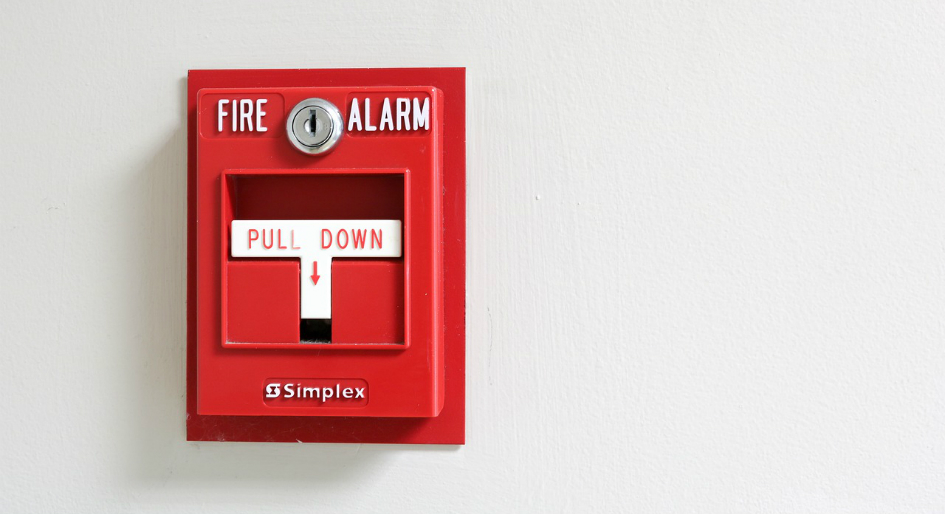The FCS Blog
- December 6, 2022
- November 15, 2022
- September 30, 2022
- July 12, 2022
- July 5, 2022
- June 20, 2022
- May 25, 2022
- May 9, 2022
- May 4, 2022
Featured Articles
FCS Resources
Browse through our videos and downloadables for fire code resources you can use anywhere.
Thank you for reading this post, don't forget to subscribe!Videos
Our FAQs
Whereas some standards governing the installation of individual fire protection systems allow for
system testing and verification in isolation, CAN/ULC-S1001 pulls together the overall intent of the
individual standards by:
a) Ensuring the correct integration between systems by requiring the operational, and situational
testing of integrations.
b) Establishing a baseline performance of the Life Safety System as a cohesive whole.
The S-1001 impacts building owners, developers, engineering firms, and property managers with an upcoming new construction, or those planning substantial changes to fire protection and life safety systems.
Effective June 2020, all building permits issued in Canada are required to include an S-1001 test plan and certified firm upon the permit application, where integrated life safety systems are applicable as per CAN/ULC-S-1001-11.
There will be a staggered rollout in municipalities across Canada.
From a high-level view, only one thing has changed, but it’s a very important change!
Buildings will be completed the same way they always have been. The building will be tested and certified as typically done in the past. The only difference will be that a third party will come in at the end and design a test for how all the life safety systems will function in an integrated fashion. They will then qualify that test over and above what the typical individual tests have been through the commissioning and finalization of the building.
Typical life safety system testing can happen in multiple stages depending on the construction timelines, additions, deletions, modifications, and phased occupancy. The S-1001 ensures the correct integration between systems by requiring the operational, and situational testing of integrations.
What does that mean? It means your Integrated Test Coordinator (ITC) will design a test that ensures all of the individual systems are working together harmoniously, and the proper sequences are triggered from one stage to the next. On a very simple level, for example, the test ensures that the sprinkler head goes off, which sets off the flow switch, which triggers an alarm, and so on.
For example, a relay between the fire alarm panel and the pressurization fan on the roof may not be connected properly. If the relay is damaged, the fire alarm will go off, but that pressurization fan will not come on because it’s not getting a signal.
By testing all the systems together in an integrated fashion, we can avoid this problem.
Your test could include:
· Smoke alarms, smoke control systems, and smoke exhaust systems
· Elevator recall tests
· Startup test and loss of power simulations for the emergency generators
· A/V and lighting control systems
· Sprinkler systems
· Water supplies, pressure sensors, level sensors, and control valves
· Emergency pressurization systems
· Mass notification systems
- Standpipe systems
- Fire pumps
- Freeze protection systems
- Fixed fire suppression systems
- Cooking equipment fire suppression systems
- Doors and electromagnetic locks de-energize testing
- Hazardous protection monitoring
Testing plans will vary based on the specifics of your building.
ULC Certificates may only be issued by ULC listed Integrated Testing Providers.
In order to get a certificate issued, you need to have an ITC listed with UL and they must be registered with a UL Authorized organization.
The ITC must be employed by (or associated with) a UL Certificate Service Proceed UL Authorized firm and an ITC cannot issue an S-1001 certificate.
A ULC certificate must be issued by an S-1001 Authorized firm before occupancy or permit clearance and will form a required document for Tarion Bulletin-19. At the same time, the testing firm must have completed the UL Listing Investigation for the subject service provided, and they must be authorized by ULC to conduct testing and issue S-1001 certificates.
The test can take anywhere from 3-5 days. There is an extraordinary work effort required to review the documents, develop the official test plan, and conduct the required integrated test plan on site.
The test plan implementation with required contractors will take a minimum of 3-5 days, so prepare accordingly.
The new standard applies to new construction, substantial changes to fire protection and life safety systems, or integrated system retrofit. Both the ITC UL listing number and Authorized firm number must be listed on the permit application documents.
All new buildings listed to S-1001 must be re-evaluated by the authorized certificate issuing firm at 1 and 5 years to maintain certification, and at 5 years for retrofit.
Further information may be obtained from https://www.shopulstandards.com/Catalog/aspx.
The S-1001 is being systematically rolled out in communities across Canada in various phases.
For more information about your municipality’s current requirements, we suggest you contact them directly.
It may be prudent to assume that the S-1001 is currently the law in your area, so you will be prepared when it is mandated.
FCS Fire Consulting Services Ltd recently became the first ULC listed and authorized S-1001 Integrated Systems Testing Service Provider in Canada, with the authority to issue a mandated Level 4 final clearance certificate.
You can click here to contact us any time or call us at (705) 436-9865 or 1-800-281-8863.
The ULC Certificate Service Procedure for Integrated Fire Protection and Life Safety Systems (UWJSW) can be referenced online from www.ulc.ca.




